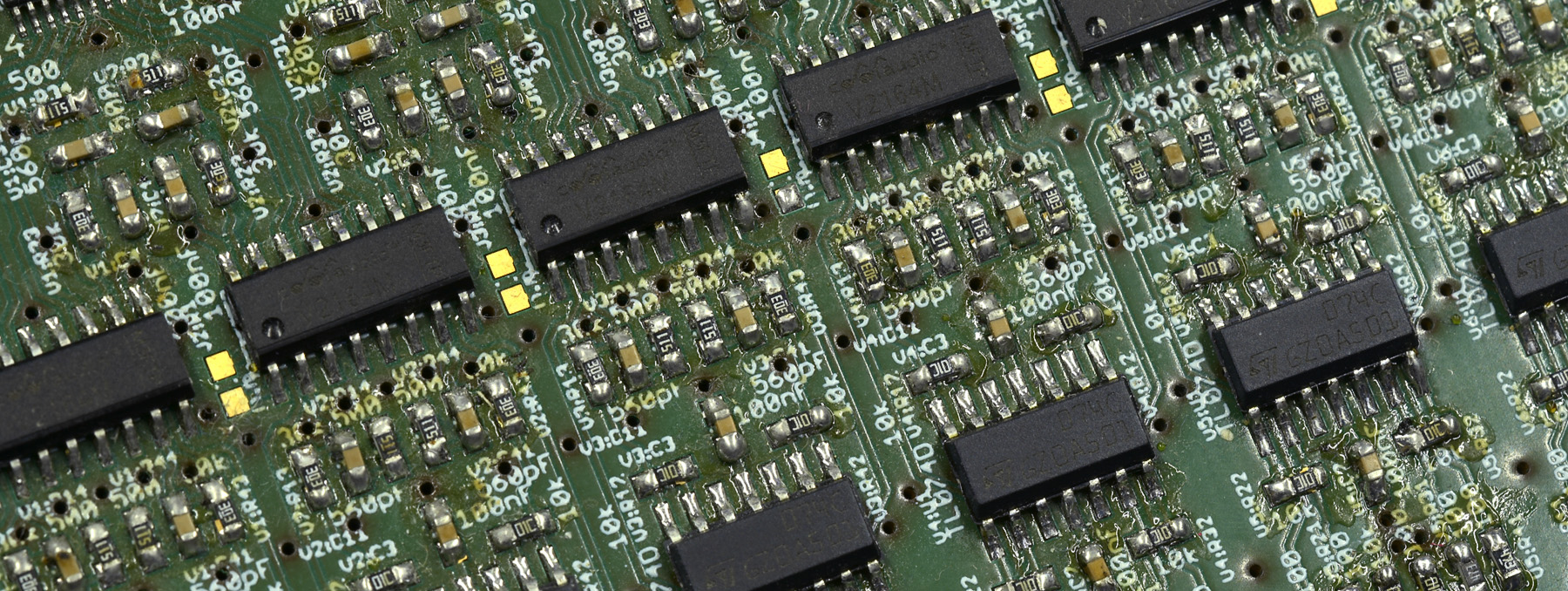Organ Story
The Story of a 50€ Hammond
Philipp, as a keyboard player in Progressive Rock band End of Sense always wanted to own a "real" Hammond. Not necessesarily for playing it live due to its heaviness, but for its individual flair for studio and recording use. Or just to show off at home. The high electromechanical skill, which the old Hammonds were build with, not only intrigued Philipp, but also his father Andreas some decades back.
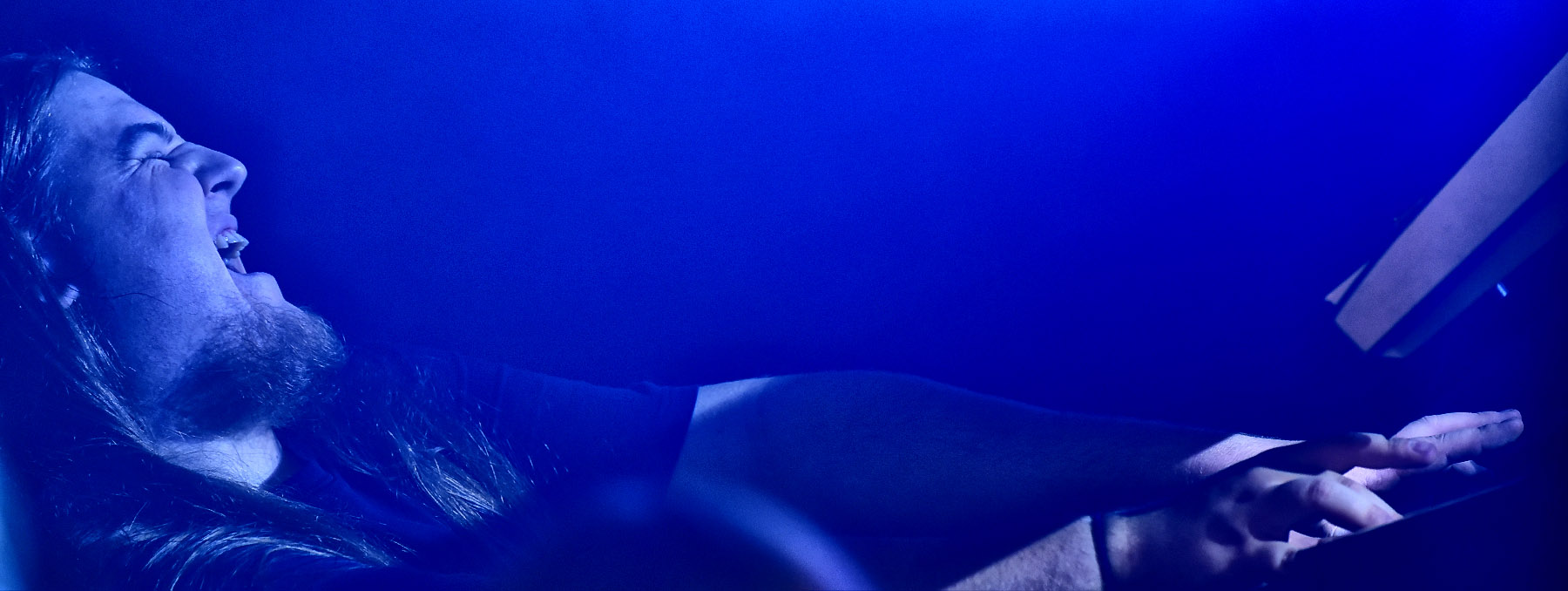 So as Philipp first heard from a keyboarder of another band that he wants to sell his original Hammond for just 50€ he was completely baffled. Well, the P-100 just a spinet type, not like the great B3. But this was ok, as some features like harmonic foldback could be added later. If you never heard about the Hammond P-100 – It was a portable L-100, build for the european market. The same organ is known in the States as PortaB.
So as Philipp first heard from a keyboarder of another band that he wants to sell his original Hammond for just 50€ he was completely baffled. Well, the P-100 just a spinet type, not like the great B3. But this was ok, as some features like harmonic foldback could be added later. If you never heard about the Hammond P-100 – It was a portable L-100, build for the european market. The same organ is known in the States as PortaB.
We were told that the organ had some kind of water damage and that the casing might be beyond repair, but this should be OK - as long as the ToneWheel Generator would still work.
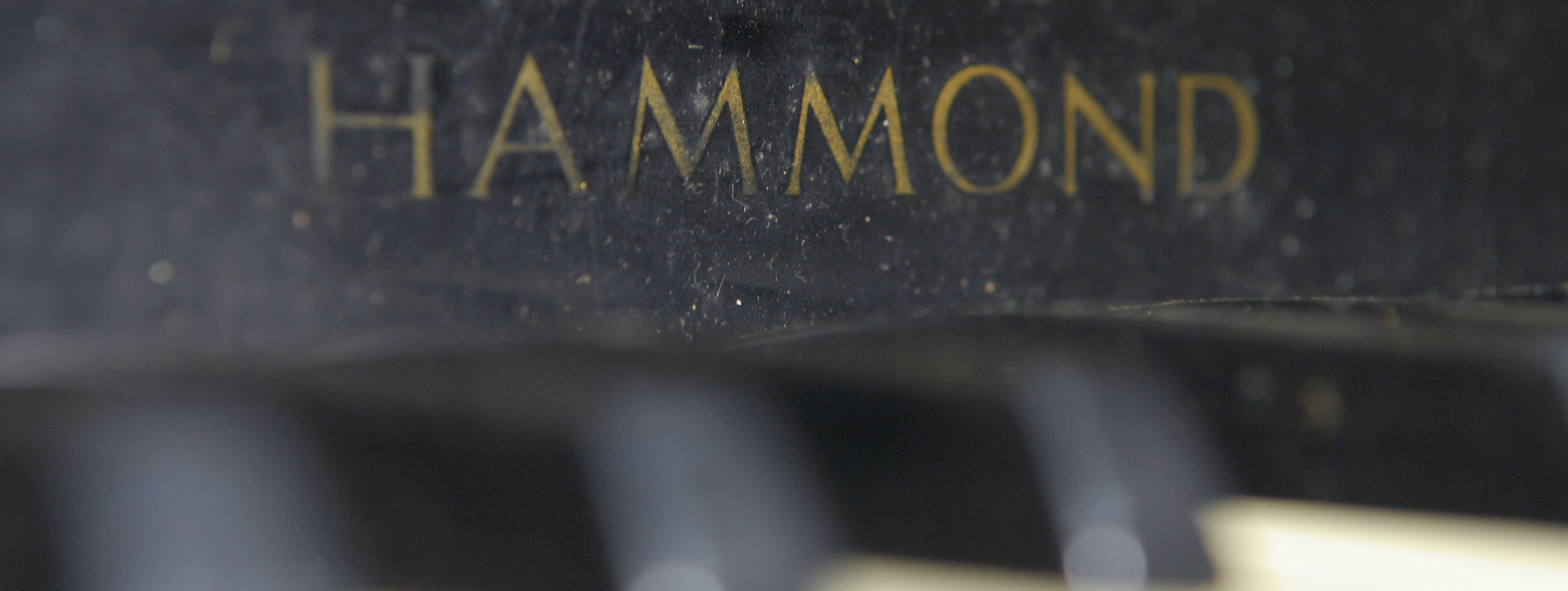
Some days of thinking later, Philipp finally wrote him that we would be interested in buying that Organ. At that point we got the whole story:
Some day, about 20 years ago, he returned from a gig and stored the organ in his cellar. But the cellar flooded a few days later and the organ was completly submerged for a extended period of time. He always wanted to repair it himself, but could not find the time to do so. And so it was left untouched for 18 years. After this time, he tried powering up the organ. - I cringed as I heard this. Powering up an organ that sat for this long and was not oiled is never a good idea, let alone a completly flooded one. - But surprisingly it worked! Well, at least the motor worked and some keys produced sound. But the drawbars were completely stuck or non-working and the keybed played like a wet sponge.
But this additional information did not change our mind, since the major interest was the Tone-Generator, and this at last seemed to work. Of course it meant extra work – not powering up the organ before it was opened, deeply inspected and spending some oil to the Generator seemed to be mandatory.
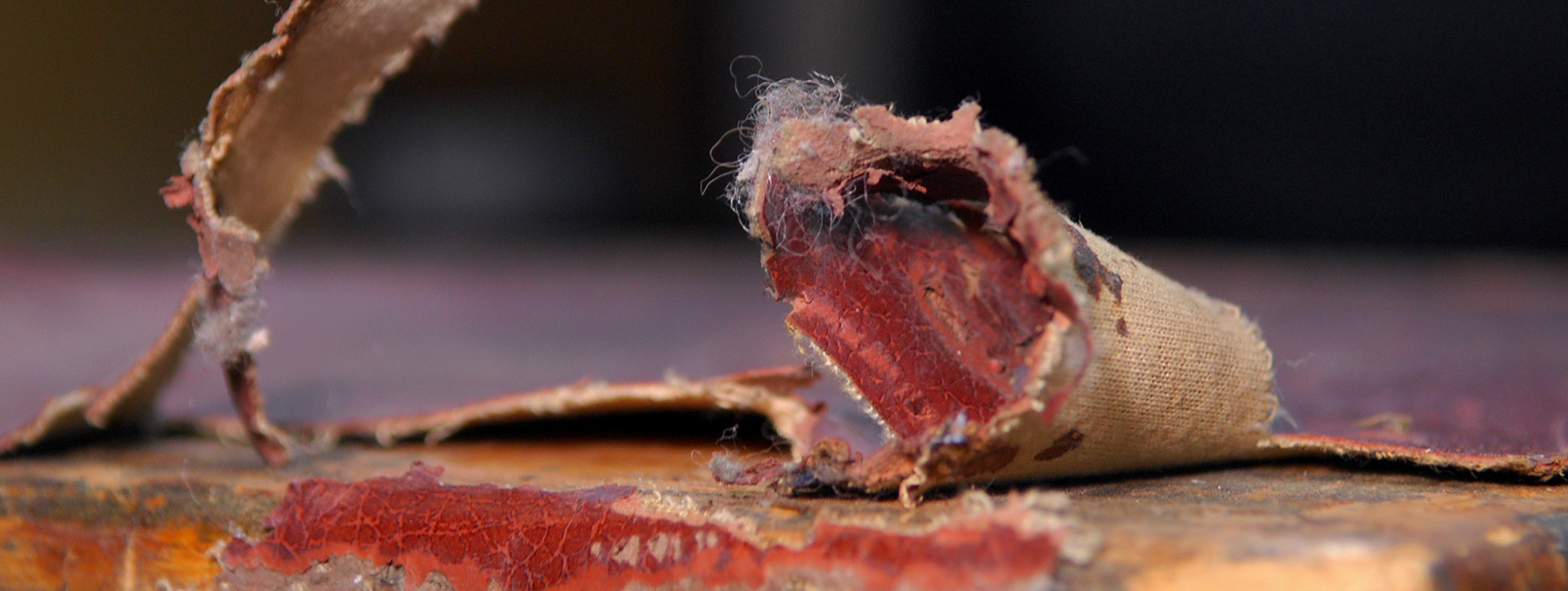
We decided that the story of this organ could continue in different ways from here:
- The organ would be rescueable. We would repair as much as possible and buy necessary replacement parts
- The organ would be junk. Then we would at least learn something about its construction.
- Only the ToneGenerator would be rescueable. Then we could build all new externals for it, making it controllable by MIDI and giving it additional features, like optional HarmonicFoldback.
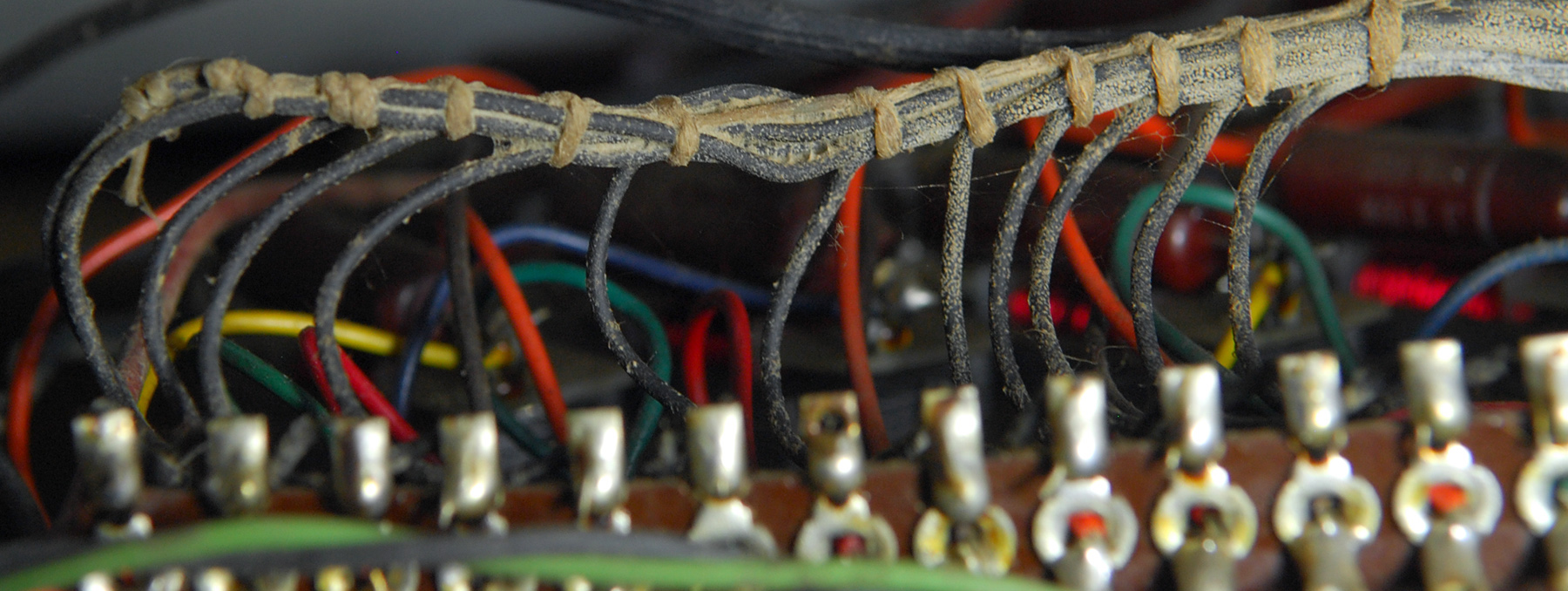
Thinking further
Option 3 seems to be the most promising one. Building a Hammond frontend from scratch, using the original ToneWheels, would combine the unaltered sound of an Hammond with the modern benefits of presets.
The Idea is based around 87 digital controlled amplifiers (one for each Tonewheel). The complex wiring of the originals would not be needed, the combination of attenuation by the different resistor values would be calculated in the processor and the VCA set accordingly. This allows for an abundancy of features, not present in the original:
Optional HarmonicFoldback.
Switching Key attack between hard and soft. Hard would be the original 'switching', with the characteristic KeyKlick. Soft would ramp the VCA very fast, eliminating KeyKlick, but not adding any hearable attack phase.
Continuous drawbars. May not be needed but is nice-to-have.
Limitless amount/reconfigurable of drawbars. Ever wanted the 16th harmonic instead of the 17th ?
- The wiring would be stored as a table in software. If it turns out that different models used different attenuations, why not adding a 'Organ Select' switch?
- What about distributing the tonewheels within the stereo panorama like a church organ does?
Read more:
Building the Keybed scanner

